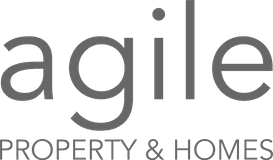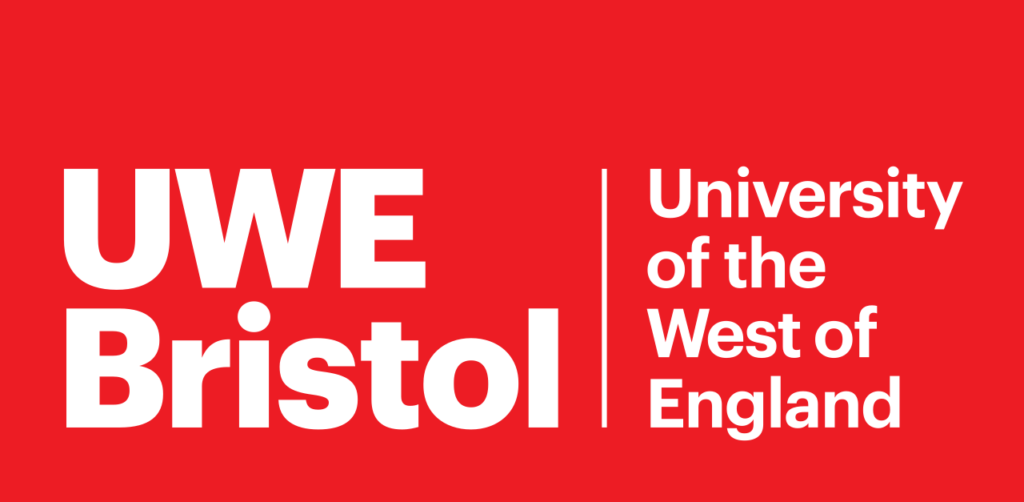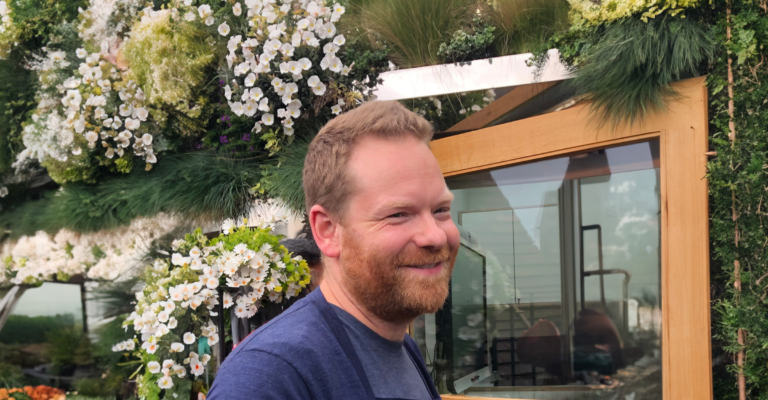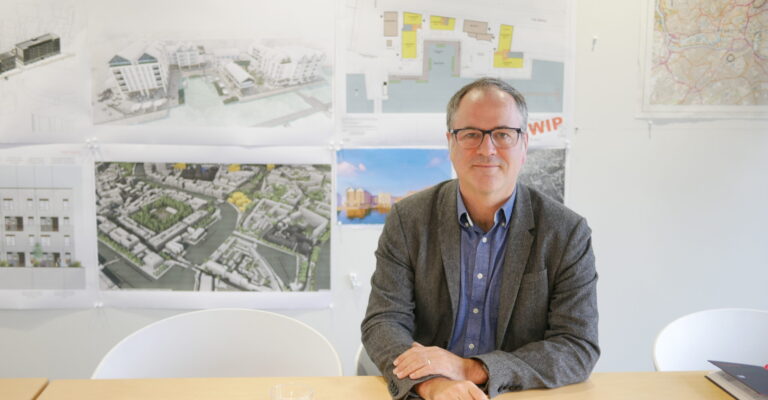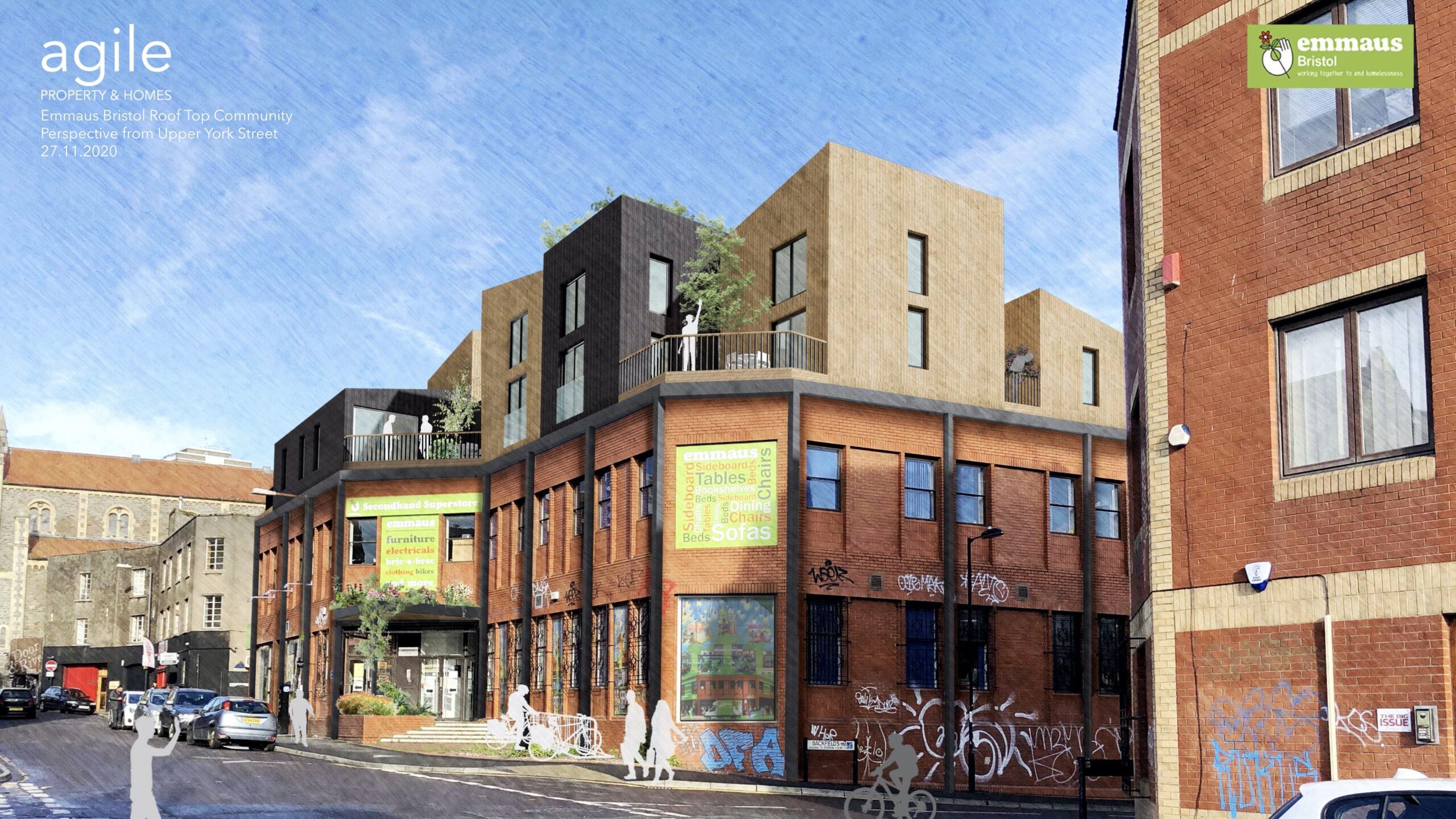
Design Thinking
Is it time for Radical Housing?
WE ALL KNOW SOMEONE WHO IS STRUGGLING TO FIND A HOUSE. A DECENT PLACE TO LIVE IS FUNDAMENTAL TO HUMAN LIFE, AND YET AS A SOCIETY, IT’S ONE PROBLEM WE’VE NOT YET SOLVED.
Ahead of a ground-breaking conference in Bristol, we ask social entrepreneurs Craig White and Linda Farrow (Agile Homes & Property) for their radical take on providing the homes we so desperately need.
Why do we need to think Radically about Housing?
Linda Farrow: The housing crisis is now a decades old problem, with the UK year-on-year building half of the homes we need. We are now at the point where our system of home delivery has become a national structural failure, we have become so inured to the problem, that we don’t expect there to be a solution and accept it as part of life. Supply and demand economics has driven prices to the point where the average cost of a home is 9 times more than the UK’s average income. In London it is 15 times average income. An affordable home has become the oxymoron of our time. Without radical change, the UK will have to give up on its model of home ownership for anyone except the most privileged, and secure and affordable rents will continue to become ever more scarce.
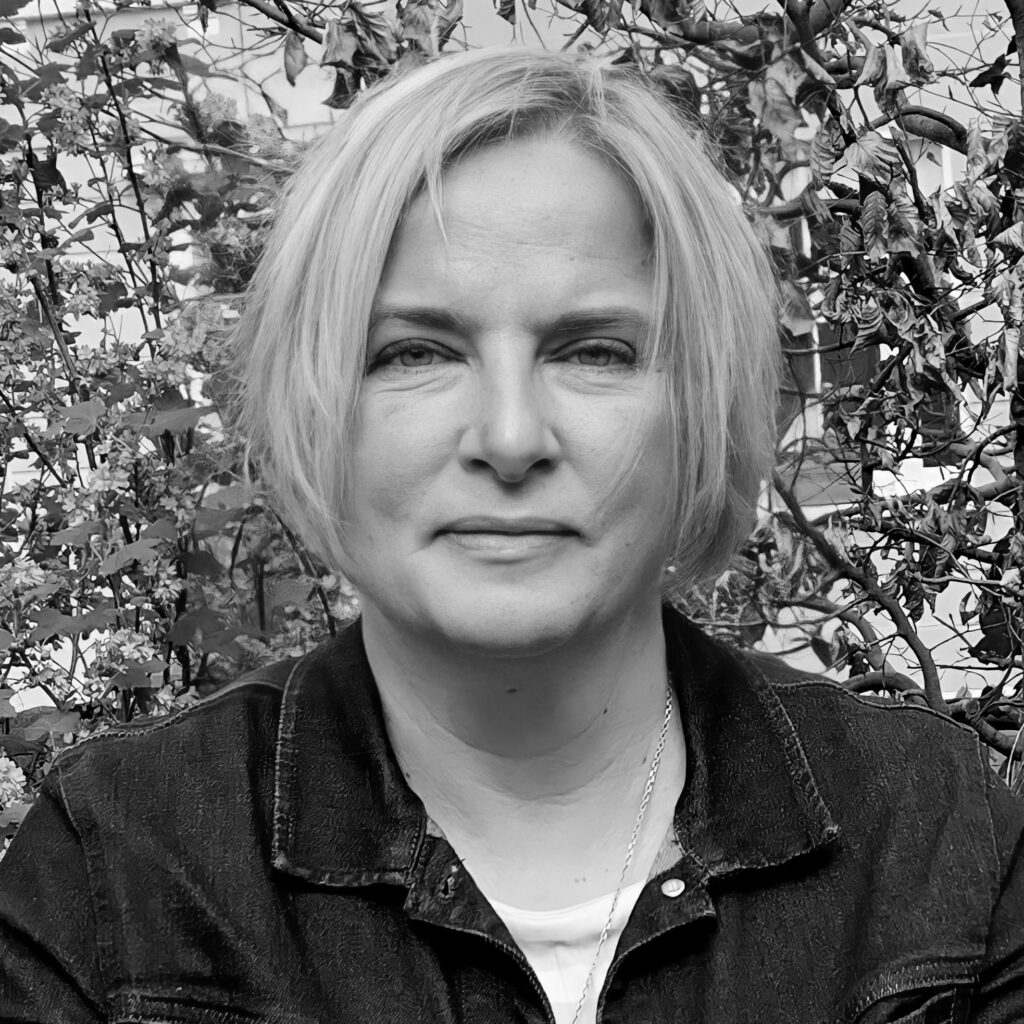
What does Radical Housing look like?
Craig White: The “business as usual” development model is simple; buy land, build homes, sell them. The model is also designed to deliver 20 – 25% profit to developers. A model structured to maximise profit, rather than deliver affordable homes and social value, works hard to avoid change. So, it’s time to build a new model.
Of the three components of housing – land, houses and sales, the only truly fixed cost is the homes themselves. A brick costs what a brick costs. Volume house builders might secure material discounts, but it is hard to make the fixed costs of building homes much cheaper than they already are. The sales price is determined by location and demand. The exact same house built in the Southeast of England will be significantly more expensive than the exact same house built in the Northeast. Location is not a variable that many of us can control.
There is a universally accepted truth that land is scarce, therefore expensive and an immutable “input- cost” of housing. As Mark Twain put it “Buy land, they’re not making it anymore.”
Twain may have been right about the “making” but, why buy it? Why buy land to build homes?
At Agile, our approach is not to ask whether we might get land at a lower cost, but rather to see how we can build homes and not pay for land in the first place. This was, and remains, our “radical question”; a way to unlock a land supply that is, as we express it, “free and hidden in plain sight”. When you remove land as an input cost, you radically change the affordability of homes. “Free” land can take many forms; much of it is the gift of local authorities, many “micro-plots” – eminently suitable for Agile’s flexible product – are overlooked in asset registers or not seen as economically viable for development. Still other plots are available by thinking creatively and spatially about how to re-purpose garages, rooftops and car parks or occupy space in ways that breathe new life into the immediate community.
Which housing models inspire you currently?
LF: Community-led housing in all its forms is inspiring and growing fast in the UK. In particular, cohousing, where a community of individuals chooses to become the developer to meet their own housing need. The beauty of cohousing is that there is no developer exit. There is no need to yield a 25% profit to a third party. The return on investment belongs to the community and manifests itself daily in the community they build and share with their fellow developers.
We are greatly privileged to have been the co-designers and builders of LILAC (Low Impact Living Affordable Community) in Leeds. This project was one of the foundations upon which Agile was built. A key objective for LILAC was that it be replicable. At its core, is a model developed with the New Economic Foundation, known as a Mutual Home Ownership Society (MHOS). This not only showed how a financial model could be developed for communities, but also how homes might remain affordable in perpetuity, by linking the value of the property to the earnings index for Leeds, rather than the house price index. This radical approach to equity in housing informs much of what we do today in Agile.
How are councils responding to the challenge?
CW: Today, it is not easy for councils to gear up to build homes; until fairly recently they weren’t actually allowed to. Also as a result of a decade of austerity in public finances and its successive budget cuts, councils have lost some of the experience they once had available to them. A new model is emerging, where councils have set-up arm’s length development companies that seek to mirror the commercial development model. These companies deliver capital receipts to support local authority affordable building aspirations. At best, this is a “marginal model” and, in some cases, can contribute to the unaffordable housing problem we are trying to fix.
We believe that the greatest opportunity for councils at present, is to engage with community-led housing to unlock the potential of properly affordable, low carbon homes being built on land that is in their stewardship.
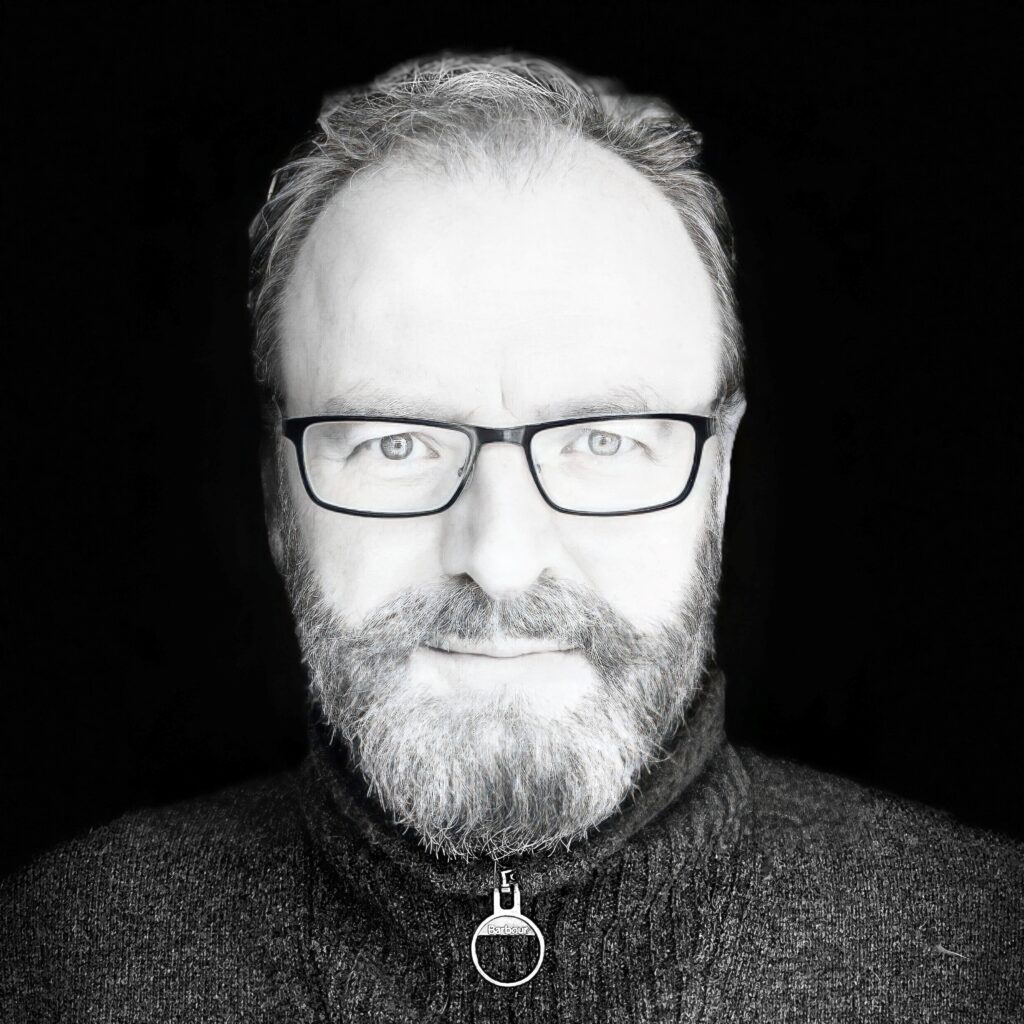
We frequently hear that on social issues as with Climate Change, the market is ahead of government. How are investors placing their faith in alternative housing solutions?
CW: You might say that Agile is an example of that. Agile is a start-up company that took its business plan to the investment market and quickly became over-subscribed, meaning we raised more investment than we set-out to. The housing crisis is so pervasive that investors do not see it as remote, but often describe how they have, as individuals, had to support their children to put deposits on homes that would otherwise be out of reach. The unaffordability of housing is now so great that a Cambridge graduate, on a high starting salary, would still be unable to afford a home in any metropolitan centre in the UK, without the Bank of Mum and Dad – BoMaD – in support. The BoMaD currently lends £6bn annually, and if factored in as a national financial player, would rank in the top ten lenders of mortgage finance in the country.
Climate change – and now the cost of living and energy crises – co-incide with the housing crisis to create a perfect storm. Agile has set itself a key goal – to provide safe, civil and low-carbon affordable homes for people in housing need. The spectrum of need, from formerly homeless people, to Cambridge graduates, is now so wide that new and radical housing models will be the only way forward. The “business-as-usual” development model is no longer fit for purpose for the vast majority of people.
You’re holding a conference with Design West & UWE this October. Why should people attend & who is it for?
LF: There are many housing conferences every year in the UK, with all too many concluding that ‘something must be done’. The Radical Housing conference will be action-orientated. It will explore how land assembly, finance, inclusion and community can combine in innovative ways to deliver replicable models that can be tailored to local contexts, all with the aim of delivering properly affordable homes, for people in housing need.
We have a fabulous line-up of speakers from a diversity of backgrounds, all of whom are engaged with new models of housing delivery, finance and land assembly. The conference will not be a problem identifier, but rather a solution finder.
For more in-depth discussion on Radical Housing, join the Radical Housing Conference.
Radical Housing Conference | Thur 13 Oct | Circomedia
Agile designs, makes and delivers, safe, civil, low-carbon affordable homes for people in housing need. Agile works with clients and partners to unlock land, “hidden in plain sight”, to transform how homes can be affordable for anyone who needs one. Agile works for people, planet, profit and purpose. Where some might see these as contradictory and ‘Either/Or’ choices, we know that they are complementary, ‘Both & And’.
Agile is a 2022 ASPB Award winner and shortlisted for the 2022 William Sutton Prize for Social Innovation.
Design Thinking: A series of interviews with people shaping the places of tomorrow.
Interview by Dr Anna Rutherford
